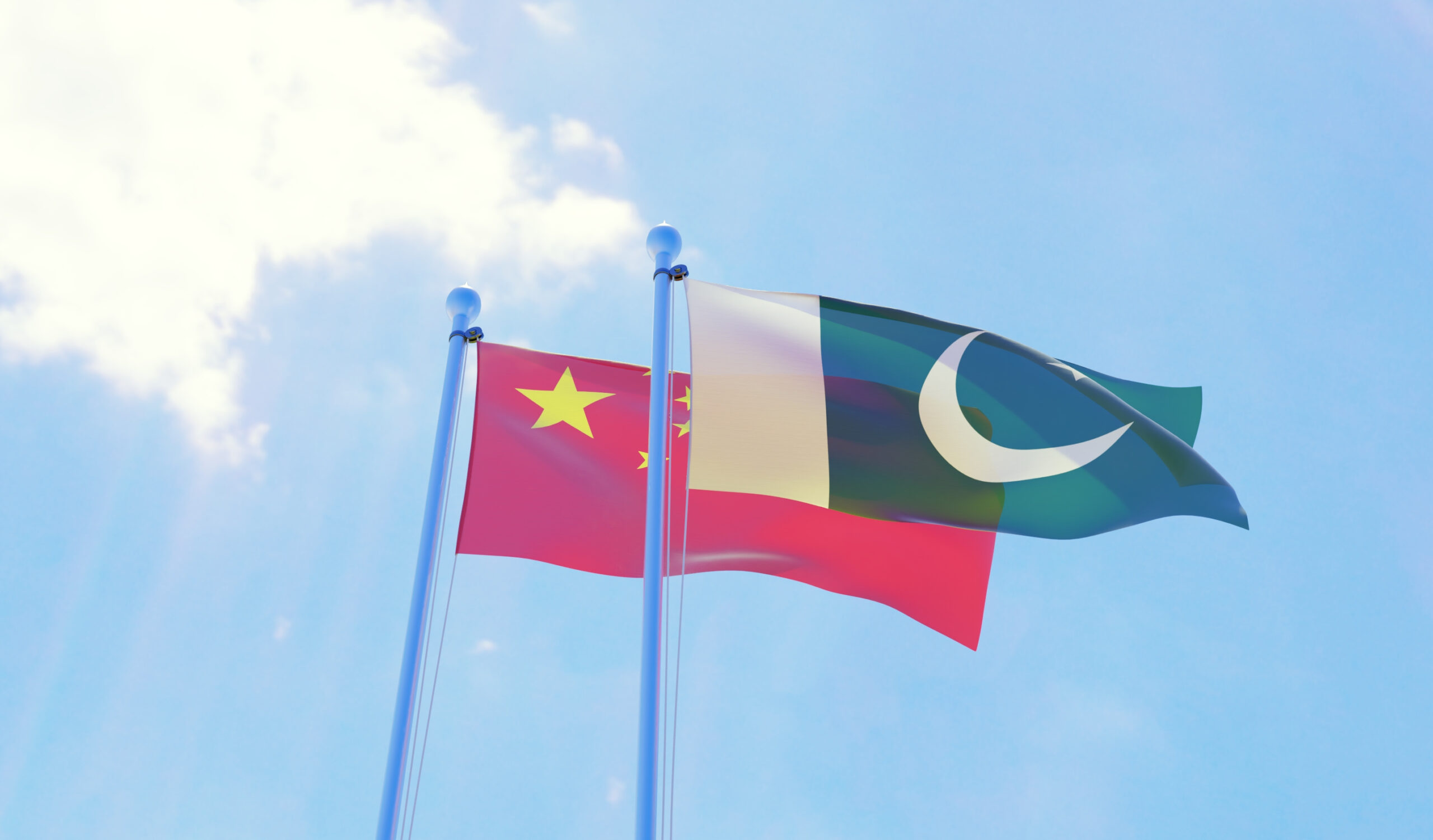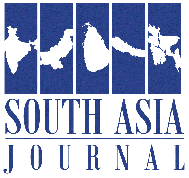
In a world driven by geopolitical shifts, the strategic partnership between Pakistan and China has repeatedly proven to be a cornerstone of regional stability and development. Despite concerted attempts by Indian media and analysts to discredit this alliance, initiatives such as the ongoing “Ex-Warrior – VIII” military exercise underscore the resilience and depth of Pak-China relations. Against a backdrop of false propaganda and external challenges, the enduring partnership continues to thrive, demonstrating its significance in fostering mutual security, economic growth, and international cooperation.
The “Exercise Warrior – VIII” is a three-week counter-terrorism drill taking place in Pabbi, Nowshera district, uniting the Pakistan Army and China’s People’s Liberation Army (PLA). This joint military exercise aims to enhance professional skills, promote interoperability, and strengthen the historic ties between the two nations’ armed forces. It is a clear signal of both countries’ commitment to addressing shared security challenges in a region fraught with evolving threats. India’s strategic community has predictably reacted to this exercise with alarm. For a nation grappling with its own internal and border security dilemmas, the heightened Pak-China military cooperation represents another strategic challenge. The timing of “Ex-Warrior – VIII,” amid heightened tensions on India’s borders with China, further exacerbates New Delhi’s concerns about the strengthening alignment between Islamabad and Beijing.
Indian domestic and international media outlets have long engaged in a campaign to portray Pakistan as an unsafe destination for Chinese nationals and investments under the China-Pakistan Economic Corridor (CPEC). This narrative gained momentum following the inception of CPEC as a flagship project of China’s Belt and Road Initiative (BRI). Isolated incidents targeting Chinese nationals in Pakistan, often orchestrated by terrorist groups with external backing, are magnified to paint a picture of pervasive instability. However, Pakistan has taken robust measures to ensure the safety of Chinese personnel and projects. The establishment of a dedicated security division for CPEC, comprising over 15,000 personnel, has significantly improved the security landscape. These efforts are deliberately overlooked by Indian media, which continues to push a distorted narrative to undermine Pakistan-China cooperation.
The targeting of CPEC projects by insurgent groups in Balochistan, often linked to Indian intelligence, is part of a broader strategy to disrupt and destabilize Pakistan’s economic trajectory. The arrest of Kulbhushan Jadhav in 2016, an operative of India’s Research and Analysis Wing (RAW), highlighted New Delhi’s role in sponsoring separatist activities aimed at derailing CPEC. India’s narrative extends to labeling CPEC as a “debt trap,” an allegation consistently debunked by credible financial analyses. As of 2023, CPEC-related debt constitutes only about 10% of Pakistan’s external liabilities. Projects like the Gwadar Port and Thar Coal Power Plant have begun delivering tangible economic benefits, countering the fabricated claims of economic harm.
Despite external propaganda, the CPEC initiative continues to thrive, with recent announcements of $35 billion in new investments signaling China’s unwavering commitment to Pakistan’s long-term development. These projects not only address critical infrastructure needs but also contribute to regional connectivity and economic integration. The economic fruits of CPEC, ranging from reduced energy deficits to improved transportation networks, are beginning to materialize. By fostering industrial growth and creating job opportunities, CPEC is paving the way for a more prosperous future for Pakistan. These achievements, however, are often overshadowed by the relentless misinformation campaigns emanating from India.
The role of social media networks (SMNs) and propaganda outlets in spreading disinformation cannot be understated. Reports like the 2020 EU DisinfoLab investigation have exposed extensive networks of fake websites and accounts disseminating anti-Pakistan narratives, often targeting Pak-China relations. These campaigns aim to create rifts and sow discord, but the strategic partnership’s resilience continues to prevail. The enduring trust between Islamabad and Beijing is built on shared goals and mutual respect. China’s investments in Pakistan are not merely transactional; they represent a deep-seated commitment to fostering regional stability and economic growth. Efforts to undermine this relationship, whether through propaganda or covert actions, are unlikely to succeed.
As “Ex-Warrior – VIII” progresses, it stands as a testament to the strength of Pak-China ties. This military exercise is not merely a demonstration of tactical prowess; it is a reaffirmation of the two nations’ shared commitment to combating common threats and fostering a secure environment for development. The path forward for Pakistan and China lies in continuing to strengthen their strategic partnership while addressing emerging challenges collaboratively. By countering misinformation and ensuring the successful implementation of joint initiatives like CPEC, the two countries can build a future defined by shared prosperity and regional stability.
Indian attempts to disrupt Pak-China relations through false narratives and subversive actions reflect a broader insecurity about its regional standing. Instead of engaging in counterproductive propaganda, India would do well to address its internal challenges and engage in constructive dialogue with its neighbors. A cooperative and peaceful South Asia is in the interest of all nations, including India. The enduring bond between Pakistan and China, exemplified by initiatives like “Ex-Warrior – VIII,” serves as a model of partnership based on mutual benefit and shared goals. It is a reminder that strategic alliances built on trust and cooperation can withstand the tests of time and external pressures. As the two nations continue to chart a path of progress and stability, their partnership remains a beacon of hope for a more integrated and prosperous region.
